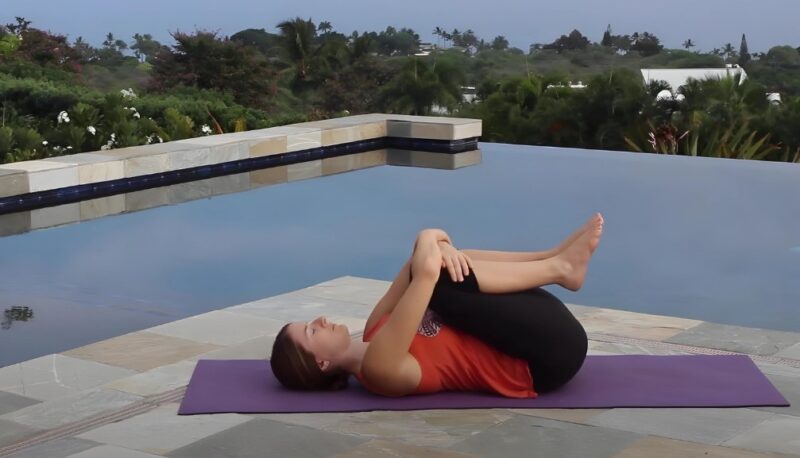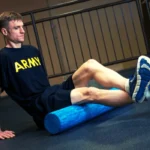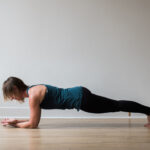Ever felt like your body is hoarding all the bad vibes, stress, and maybe that third burrito you shouldn’t have eaten? Meet Apanasana, or as I like to call it, the “get-it-out-of-your-system” pose.
Apanasana is the yoga move your body needs to flush out all the toxins, both literal and metaphorical. It’s also known as the wind-relieving pose, and trust me, you’ll find out why soon enough.
The Basics of Apanasana
First off, let’s break down the name. “Apana” refers to the vital force moving outward. It’s like the body’s way of saying, “Let’s get rid of all this junk.”
Apana is the yin to prana’s yang. While prana gives life, apana is all about eliminating waste. Think of it as your body’s natural Marie Kondo.
The Pose Itself
Apanasana is pretty straightforward. You lie on your back, hug your knees to your chest, and just exist in that pose. Simple, right? But don’t let its simplicity fool you.
This pose is a powerhouse for stretching and stabilizing the pelvis and lower back. Plus, it can help calm that raging storm of anger, excitement, anxiety, and high blood pressure you’ve been carrying around.
Step-by-Step Guide to Apanasana
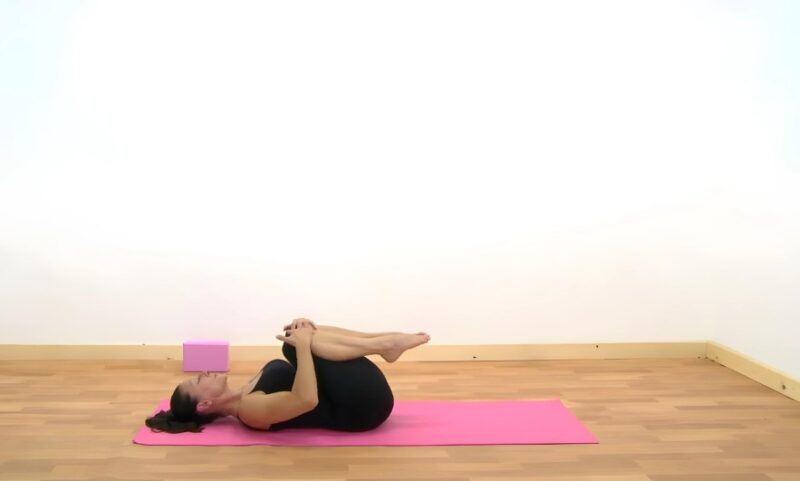
Here’s your cheat sheet for mastering Apanasana:
- Start Lying Down: Lie on your back with your spine in a neutral position.
- Bend and Hug: Bend your right knee towards your chest and interlace your fingers just below the knee.
- Straighten and Flex: Straighten your left leg and flex your left foot back towards your knee.
- Create Space: Feel the left heel reaching away from the left hip socket. Imagine you’re trying to create space between your femur and hip.
- Hug It Out: Hug the right knee towards your armpit (or the center of your chest if that feels better).
- Relax and Pull: Relax your neck and shoulders. Let your biceps do the pulling.
- Shoulder Position: Draw your shoulders away from your ears and feel them widen across your chest.
- Press and Release: Feel your lower back press into the floor, creating space between each vertebra.
- Breathe Deeply: Inhale deeply, feeling your belly press against your thigh. Exhale and feel your belly withdraw.
- Engage Muscles: Engage your lower trapezius muscles to pull your shoulder blades down your back.
- Soften Your Gaze: Look up at the sky with a soft gaze, avoiding any strain.
- Release: Release your hands and bring them to your sides. Straighten the bent leg to fully release the pose.
Key Points to Remember
- Keep the extended leg and foot active.
- Relax the foot of the bent leg.
- Feel the internal organ massage on the bent leg side.
- Avoid putting weight on your neck.
More Than Just a Stretch
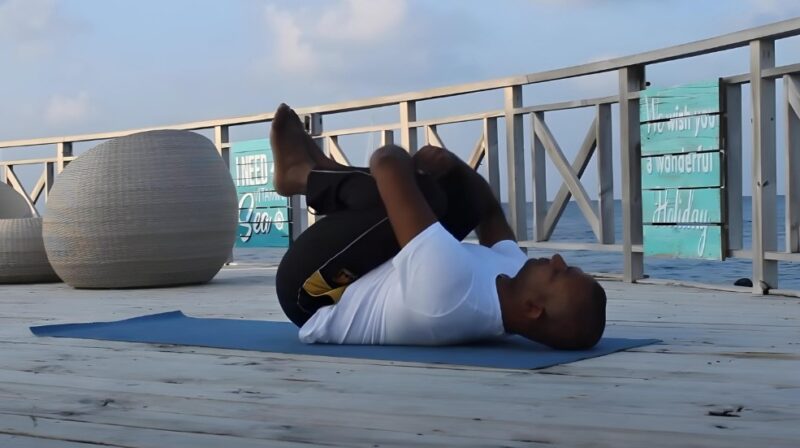
This pose offers a wide variety of benefits beyond stretching. Here are some of them:
Physical Perks
- Lower Back Pain: Stretches and stabilizes the pelvis and lower back.
- Anger and Anxiety: Reduces excessive anger, excitement, anxiety, and high blood pressure.
- Muscle Issues: Helps with muscle guarding, hyperlordosis, sciatic nerve impingement, muscle spasm, spinal stenosis, and disc herniation.
Emotional and Mental Gains
- Stress Reduction: Provides a sense of calm and relaxation.
- Better Breathing: Promotes improved breathing and reduced stress.
When to Hold Off
If you have knee problems, clasping the knee or shin can be a bad idea. Instead, clasp the hamstring of the bent leg. Also, avoid this pose if you have back injuries, lower back pain, sciatica, or if you’re pregnant. Safety first, people.
Preparatory and Counter Poses
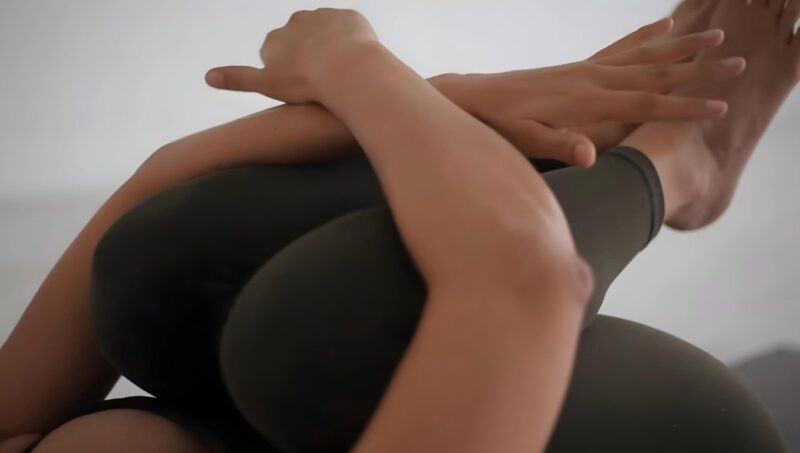
One common principle that influences the ordering of poses is the “pose/counterpose” rule. This guideline suggests that specific yoga poses should be followed by other poses that work the opposing muscles or have a contrasting energetic effect.
Get Ready with Preparatory Poses
- Little Bridge: A gentle backbend to warm up your spine.
- Knee Down Twist: Helps in loosening up your back and preparing it for the pose.
Finish with Counter Poses
- Savasana: The classic resting pose to integrate the benefits.
- Little Bridge: Yes, it’s good for both prep and recovery.
Apan Vayu – The Downward Energy Flow
Apan Vayu is one of the five vayus (energies) in Hinduism, governing the downward flow of energy related to elimination and excretion.
If this energy is out of whack, you might face issues like constipation, indigestion, and irregular menstrual cycles. Balancing Apan Vayu through poses like Apanasana can help maintain a healthy flow of energy.
Practical Tips for Everyday Balance
Yoga isn’t just about poses; it’s a lifestyle. Here are some tips to keep your Apan Vayu balanced:
- Balanced Diet: Eat a balanced diet rich in fiber to keep things moving.
- Hydration: Drink plenty of water.
- Regular Practice: Include Apanasana in your daily routine.
FAQs
Final Thoughts
Apanasana is more than just a yoga pose; it’s a lifesaver for your body and mind. Whether you’re looking to relieve stress, improve your digestion, or just stretch out those lower back muscles, this pose has got you covered.

